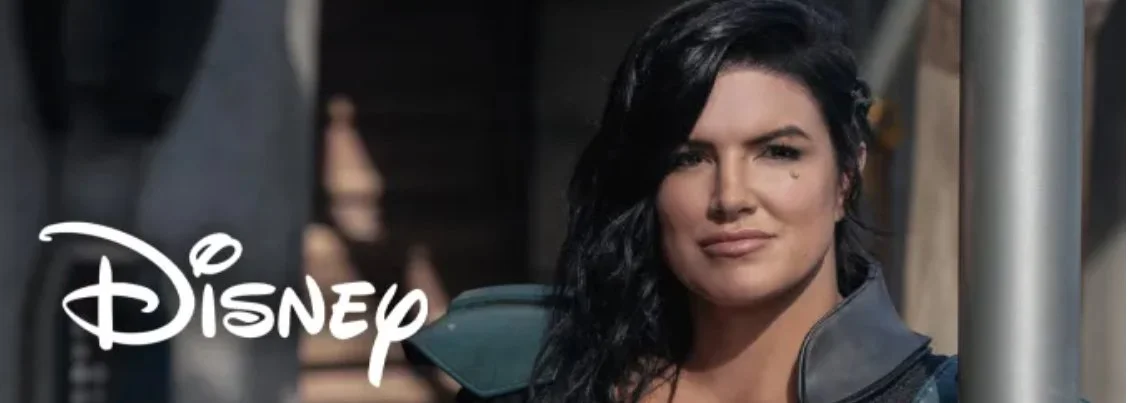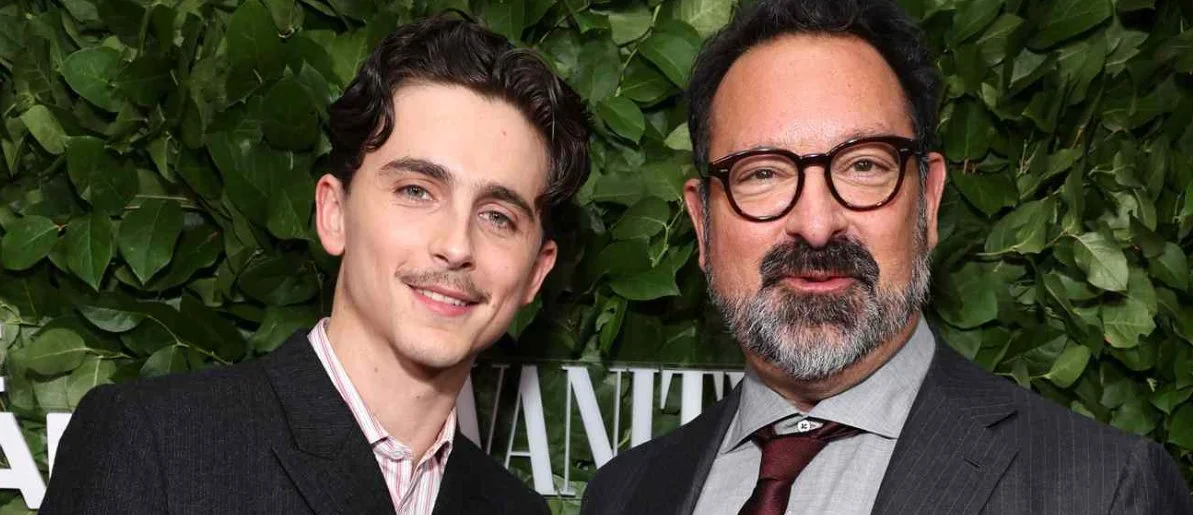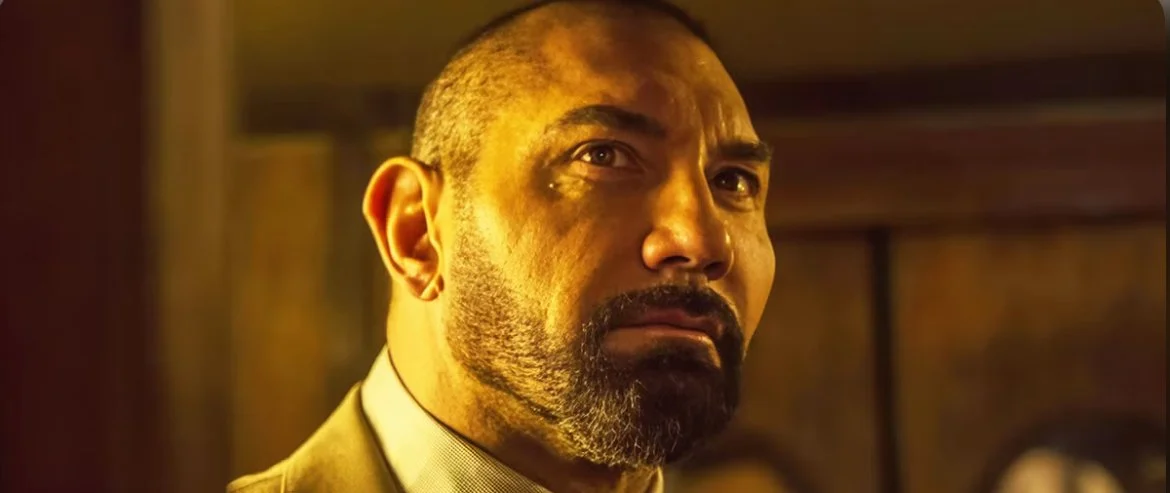We’ve gone through the decades. The ‘40s ‘50s, ‘60s, ‘70s, ‘80s, ‘90s, ‘2000s, and ‘2010s. — all revisited, argued over, canonized. Poll after poll. Lists upon lists. Some consensus, some chaos. Now, as we await the next critics’ poll — which will focus on the 1930s — we find ourselves on the brink of a fascinating pivot point in film history: the decade that began the era of sound… and simultaneously buried silent cinema.
However, while the 1930s ushered in “talkies,” it also, ironically, delivered a few of silent cinema’s greatest swan songs. Chaplin, for one, was still stubbornly holding out with “City Lights,” and “Modern Times” — both masterpieces in their own right, the latter a particularly moving and hilarious farewell to the silent era.
So the question now becomes: what’s the greatest silent film ever made?
People often ask me what my favorite movie is, and honestly, I don’t have a definitive answer. I’ve never sat down and made a ranked list. Sure, The Godfather Parts I and II would be up there, along with Hitchcock’s “Vertigo,” Kubrick’s “2001: A Space Odyssey,” and Renoir’s “The Rules of the Game.” But the one silent film that always comes to mind—though it’s hardly the most expected choice—is F.W. Murnau’s “Sunrise.” Its imagery is as haunting as a night sky, and Murnau explores the depths of the human soul with an intensity that unsettles because of how exposed it makes us feel. The film’s true brilliance, though, lies in the work of cinematographer Karl Struss. His visuals are so intricate and technically audacious, it’s hard to imagine anyone else replicating the craft and care behind each shot today.
However, the field is vast. Buster Keaton’s “The General” (1926) remains one of the most staggeringly ambitious comedies ever filmed, with action sequences that would leave most modern directors in the dust. Fritz Lang’s “Metropolis” (1927), still unmatched in terms of visual imagination and world-building, feels like it came from the future rather than the past. And of course, “City Lights” — probably the most emotionally devastating romantic comedy ever made — might just be Chaplin’s crowning achievement.
There are others, too: Dreyer’s “The Passion of Joan of Arc,” and Murnau’s “Nosferatu” come to mind — films that pushed the form to its visual limits without uttering a word.
1) “Sunrise” (FW Murnau)
2) “Modern Times” (Charlie Chaplin)
3) “The General” (Buster Keaton)
4) “City Lights” (Charlie Chaplin)
5) “Metropolis” (Fritz Lang)
6) “The Passion of Joan of Arc” (Carl Theodor Dreyer)
7) “Nosferatu” (FW Murnau)
8) “Sherlock Jr.” (Buster Keaton)
9) “Battleship Potemkin” (Sergei M. Eisenstein)
10) “Greed” (Erich von Stroheim)
But as we turn our collective attention toward the 1930s in the next round of polling, we’ll see how the remnants of the silent era hung on during the early years of sound — with Chaplin, especially, refusing to let go of the purity he saw in silent cinema. It’s no coincidence that “Modern Times” was released well into the sound era but still played mostly like a silent film. He knew what was being lost.
So, before the 1930s ballots are sent, let’s open it up: what do you consider the greatest silent film of all time? Is it the dreamlike tragedy of “Sunrise”? The precision mechanics of The General? The heart-melting beauty of “City Lights”? Or something else entirely?
Sound off in the comments.






